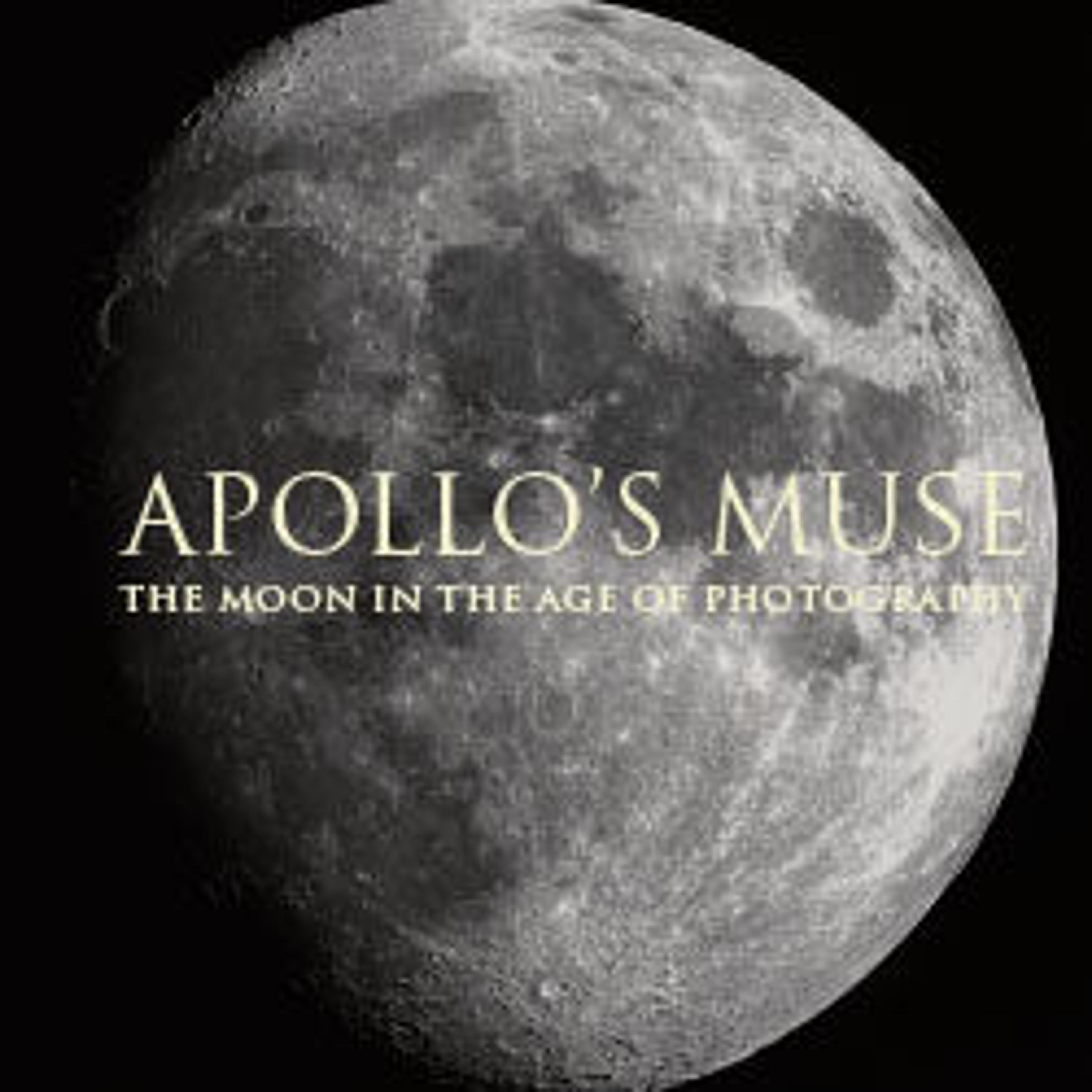"Tumanba Khan, His Wife, and His Nine Sons", Folio from a Chingiznama (Book of Genghis Khan)
The text of the Chingiznama records the life of the legendary conqueror Chingiz Khan (Genghis Khan) and his family. The emperor Akbar (r. 1556–1605) commissioned many historical manuscripts in the 1590s, but because the Mughals claimed descent from Genghis Khan, this book must have had particular resonance for him. This illustration depicts the ruler Tumanba Khan, an ancestor of Genghis Khan, with his wife and nine sons.
Artwork Details
- Title:"Tumanba Khan, His Wife, and His Nine Sons", Folio from a Chingiznama (Book of Genghis Khan)
- Artist:Basawan (Indian, active ca. 1556–1600)
- Artist:Bhim Gujarati (Indian, active 1590s)
- Date:ca. 1596
- Geography:Made in present-day Pakistan, probably Lahore
- Medium:Ink, opaque watercolor, and gold on paper
- Dimensions:H. 15 in. (38.1 cm)
W. 10 in. (25.4 cm) - Classification:Codices
- Credit Line:Purchase, Francis M. Weld Gift, 1948
- Object Number:48.144
- Curatorial Department: Islamic Art
More Artwork
Research Resources
The Met provides unparalleled resources for research and welcomes an international community of students and scholars. The Met's Open Access API is where creators and researchers can connect to the The Met collection. Open Access data and public domain images are available for unrestricted commercial and noncommercial use without permission or fee.
To request images under copyright and other restrictions, please use this Image Request form.
Feedback
We continue to research and examine historical and cultural context for objects in The Met collection. If you have comments or questions about this object record, please contact us using the form below. The Museum looks forward to receiving your comments.
